ETHICAL PHOTOGRAPHY
Respect for nature
As photography becomes accessible to all, it’s even more important to shoot responsibly in order to protect our precious habitats and wildlife. Ross Hoddinott reveals how to be an ethical photographer
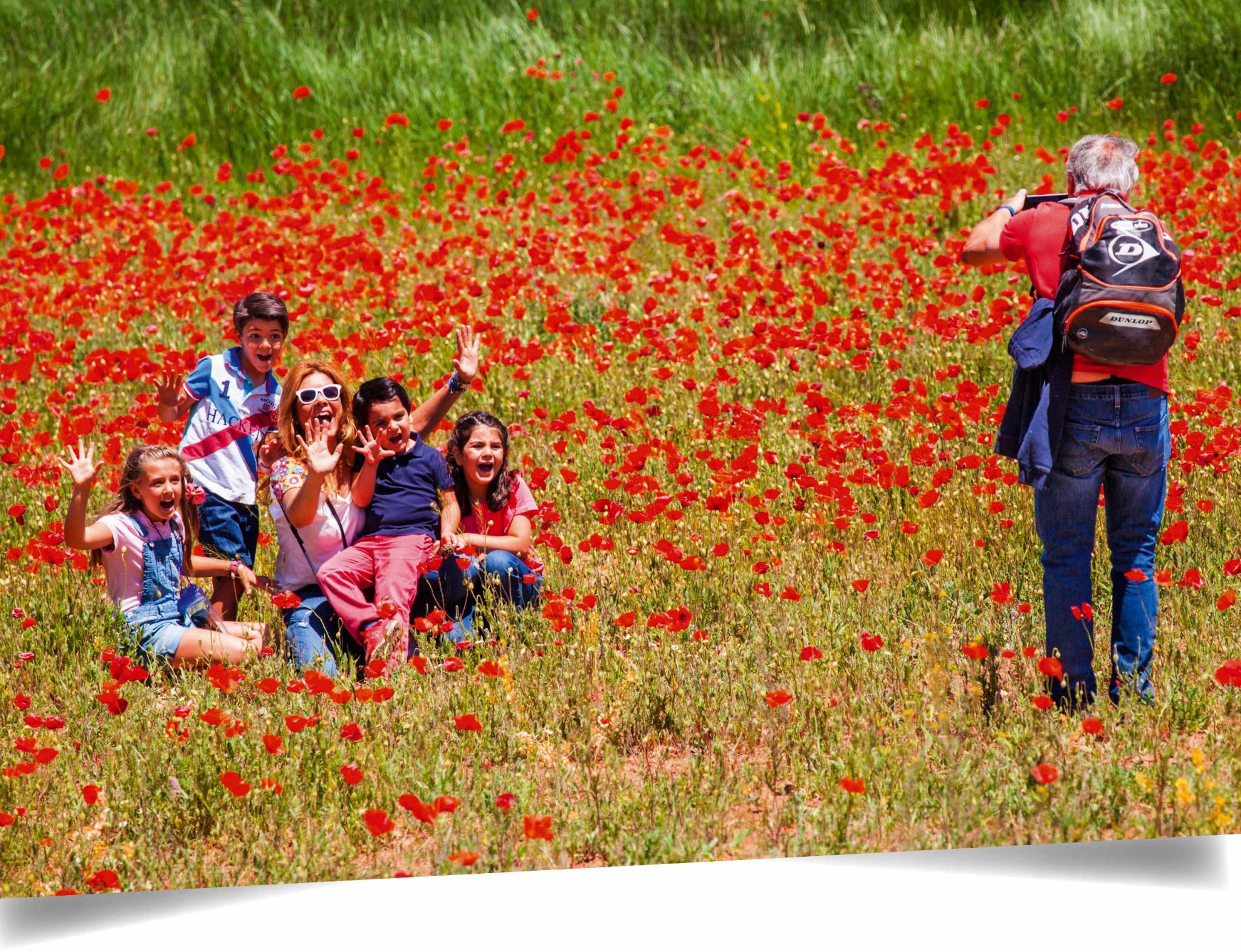
Sometimes we need to be reminded that landscape and nature photography is not an ‘at all costs’ pursuit. Photographers have a responsibility to always place the wellbeing of their subjects and the environment above the desire to take a prize-winning photo.
As photographers, we are in the privileged position where we can showcase the Earth’s beauty to others and highlight the plight or importance of nature. Photography is not just a creative outlet – it can play a key role in conservation, too. But to do that, we must capture our photographs responsibly and ethically – there are boundaries that shouldn’t be crossed.
“The burning desire to capture original, standout images can lead photographers to act compulsively”
Picture-taking is more popular than ever. Digital capture has created an upsurge in nature photography, and thanks to the quality of camera phones, great shots are now within everyone’s grasp. But social media has changed photography. The burning desire to capture original, standout images that will attract likes, comments and shares can lead photographers to act compulsively and irresponsibly. For example, I have watched photographers defiantly walk into a carpet of bluebells to achieve a better viewpoint, ignoring footpaths and trashing flowers in the process. It is the same with poppy fields, where some photographers will make their own paths through swathes of blooms to ‘get the shot’. In fact, at a poppy field close to me, which the National Trust cares for, signs were put up and the entire area was cordoned-off this summer to prevent flowers from being destroyed. This shouldn’t be necessary, and it spoils everyone’s enjoyment.
AVOID HARMING HABITATS
It is easy to forget that trampling things such as wildflowers can have long-lasting effects – they won’t always grow back successfully the following year. Habitats are delicate places.
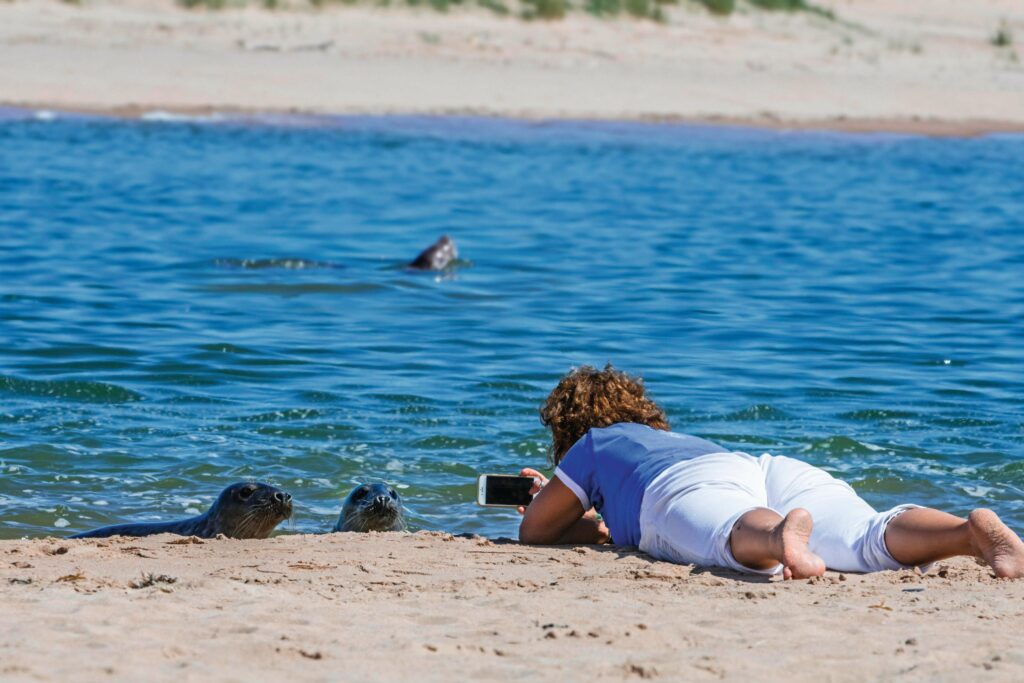
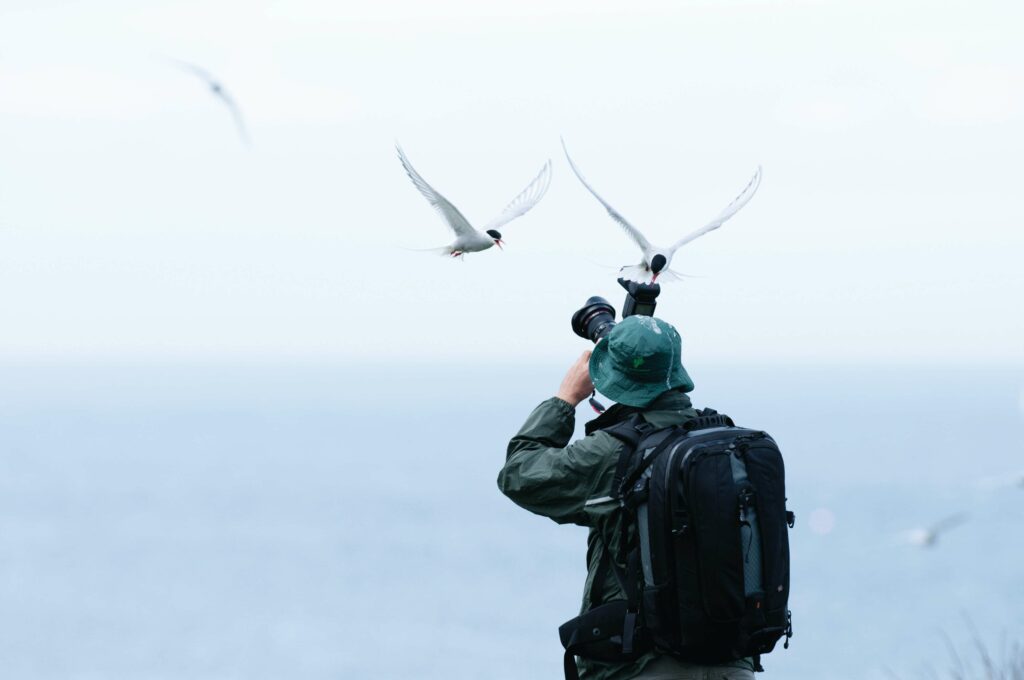
I recently visited a local nature reserve where, the week before, I had seen a crew filming silver-washed fritillary butterflies for a documentary. They had completely flattened a large area of vegetation and knapweed in pursuit of their footage. Although it is obviously impossible not to do any harm at all when walking in nature, exploring a reserve, or wandering through a meadow, for me the key word is intent. We should all be trying to minimise our impact, avoiding deliberate damage or disturbance.
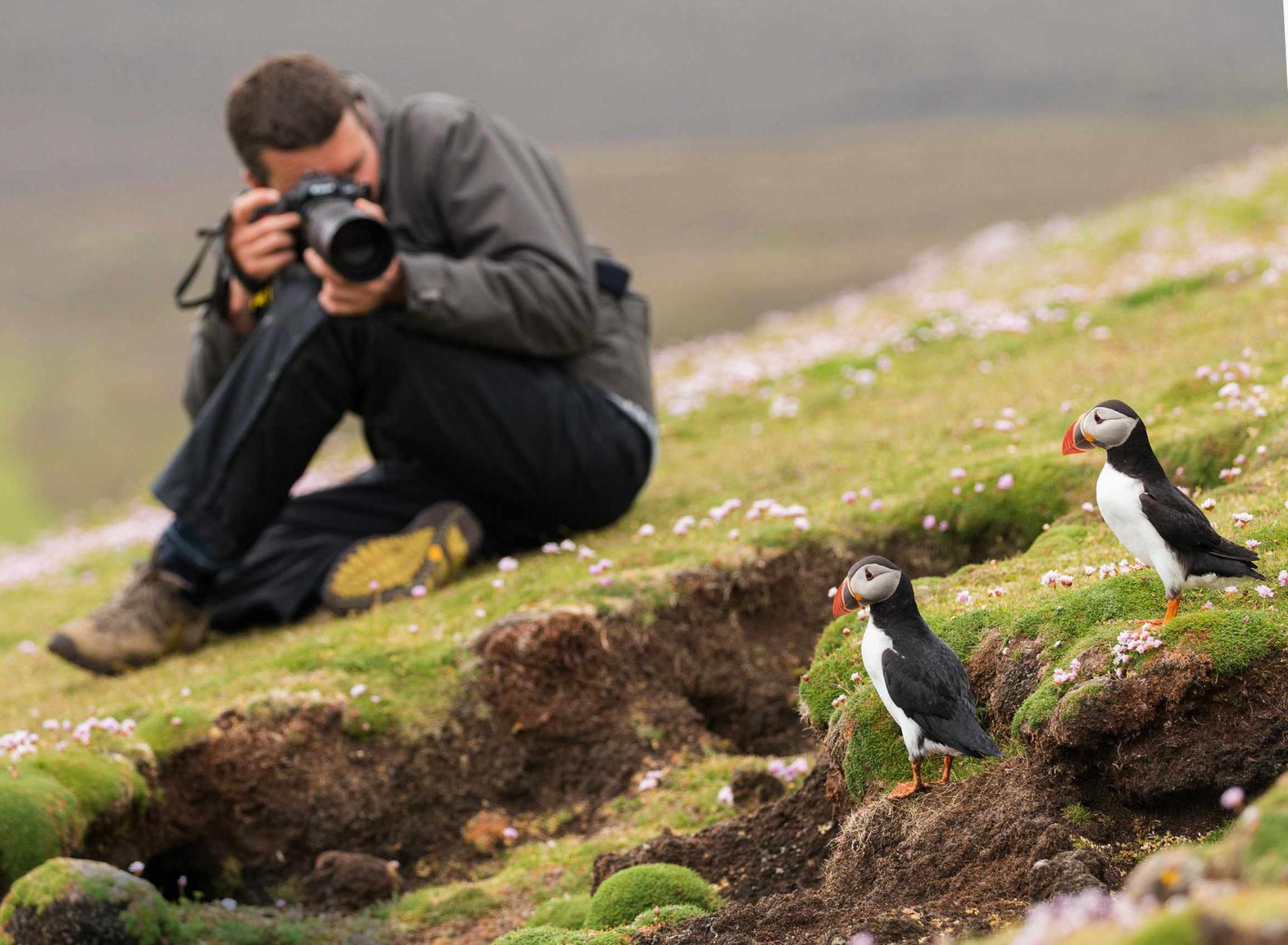
A lot of unethical behaviour isn’t a conscious or deliberate thing – not all photographers are naturalists and are simply unaware of the damage they are doing while pursuing the perfect prize-winning or ‘Instagrammable’ photo. However, sadly, there is a more sinister side to nature photography.
CONSIDERATION AND CARE
Some photographers will do whatever it takes to capture that ‘special’ shot. You hear stories where photographers will deliberately disturb or scare animals to provoke a reaction, ‘tidy up’ branches near nests to achieve a cleaner shot, or use live bait to entice a subject. If you get irresponsibly close to nests, fledglings or breeding colonies, you risk parents abandoning their young. The consequences to our actions can be catastrophic.
“Tragically, some photographers will refrigerate insects, spray or even glue subjects to keep them still”
I specialise in close-up photography and, tragically, some photographers will refrigerate insects to make them torpid or will spray or even glue subjects to keep them still. Others will rear butterflies for photography and then release them, but wildlife organisations strongly discourage the deliberate release of moths and butterflies from captive breeding as it can have a negative effect on the receptor population.
Quite simply, nature photographs should always be captured responsibly, naturally, and in situ – big or small, all creatures deserve equal respect.
ROSS’S LIST OF PHOTOGRAPHY DOS AND DON’TS
Ethics is an important topic, but one that isn’t discussed nearly enough. Maybe a code of conduct is needed to help guide photographers, particularly those less experienced and easily misled or influenced by things they see online. The best advice I can dish out is to trust your instincts. Don’t do anything if it doesn’t feel right. We all want to take better photographs, but no photo is more important than the subject itself.
DON’T capture, detain, remove or refrigerate invertebrates – or handle or move them unnecessarily.
DO show animals faithfully in their natural habitats while causing minimal disturbance to their routines.
DON’T take photos of animals if doing so might heighten the risk of predation, cause undue distress or in any way lessen reproductive success. Wildlife should not be manipulated.
DO be knowledgeable about your subject. Understanding an animal’s behaviour, life cycle, diet and habitat will also enhance your own photo opportunities and help you anticipate behaviour.
DON’T wilfully trample flowers (below), plants or crops to position your tripod. Keep to paths and rights of way. Don’t trespass; unless it is a public right of way, seek permission from the landowner.
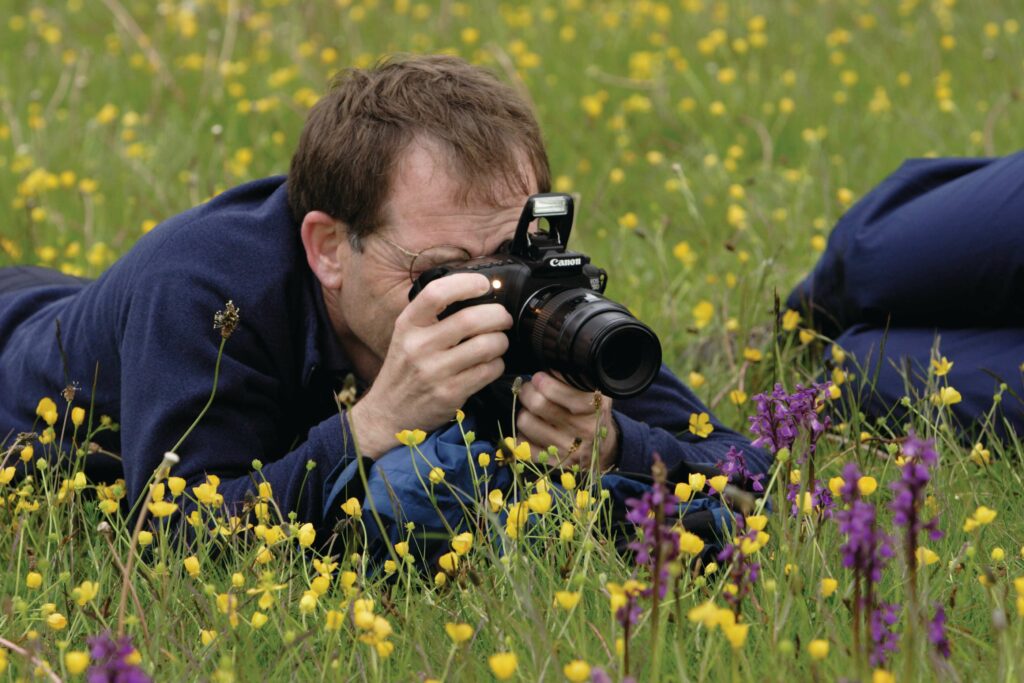
DO treat all wildlife with equal respect – common or rare, little, or large.
DON’T photograph nesting birds without knowing the law. All wild birds in the UK are protected by law. It is an offence to disturb Schedule 1 species (rare and threatened species) while they are nest building or have young. You need to hold a government licence to photograph scheduled species in breeding season.
DO respect other people. Don’t act in any way that might ruin or hinder their chances of a successful photo or sighting. Communicate and work together if possible. If sharing a public hide, talk quietly and be respectful.
DON’T place your own safety at risk for a photo opportunity (below). For example, keep away from cliff edges, check tide times and avoid the coast during big storms. Always wear appropriate clothing and carry food, drink and a fully charged mobile phone (ideally loaded with the relevant Ordnance Survey map) when walking longer distances.
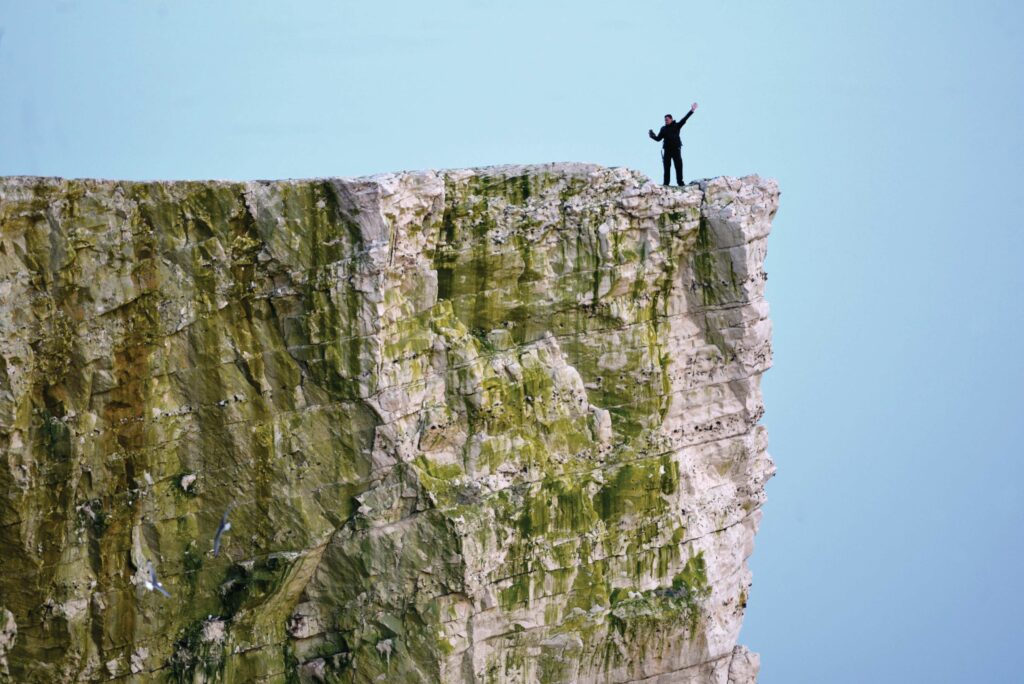
DO wear camouflage clothing, or use a hide, to help you blend in.
DON’T use tape lures (recorded birdsong and calls to attract birds), as some naturalists say this can lead to birds behaving differently to normal. For example, during the breeding season, you may lure a male away from defending its territory against a genuine intruder.
DO take particular care when visiting Sites of Special Scientific Interest (SSSI) – even a careless foot might destroy rare plants and lichens.
DON’T use live bait. Regardless of what might occur in nature naturally, it is not our place to intentionally sacrifice any creature for a photo.
DO be careful when exploring meadows and wetlands. A careless foot can be fatal on dewy mornings, when roosting invertebrates are dormant.
DON’T misrepresent your subject or mislead the viewer through photo manipulation or AI technology. Always caption images truthfully.
DO limit your use of flash, particularly when photographing nocturnal species.
DON’T publicise on social media the locations of where you take your nature shots. This can lead to sites becoming crowded and place unnecessary pressure on the environment. Never disclose the whereabouts of any rarities, except for conservation purposes.
DO be patient and be prepared to wait. Allow photo opportunities to occur organically – do not try to force them.
DON’T fly a drone unless it is permissible and you are positive you won’t cause any disturbance.
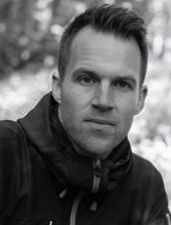
Ross Hoddinott is an award-winning landscape and wildlife photographer and tutor who has written a number of best-selling photography books. rosshoddinott.co.uk